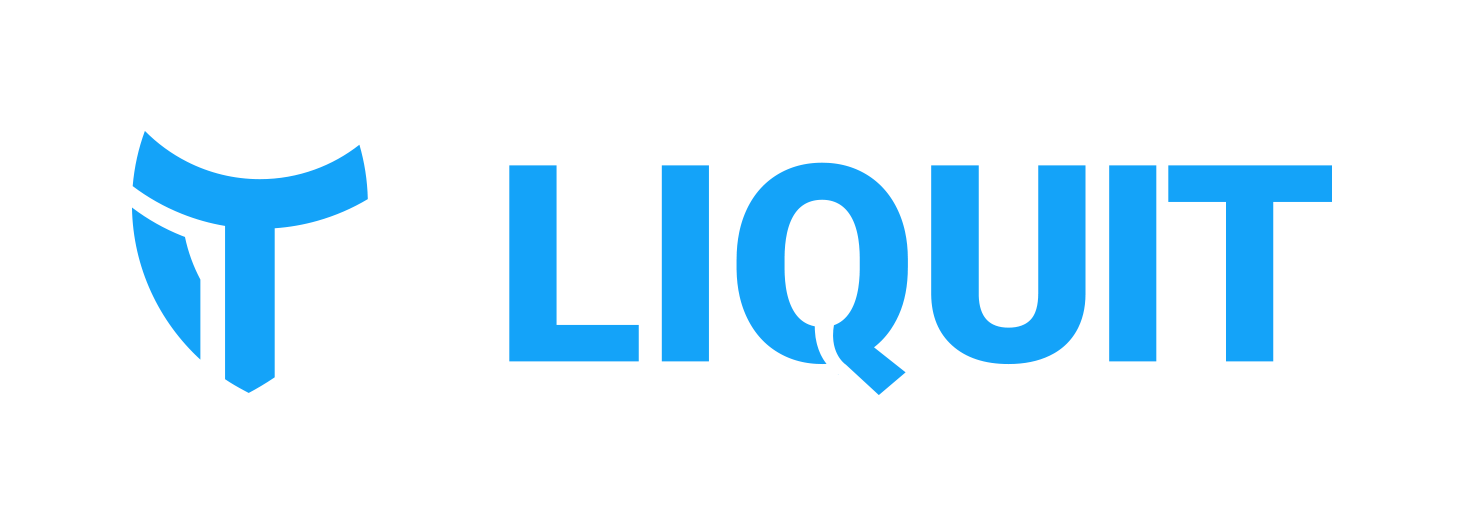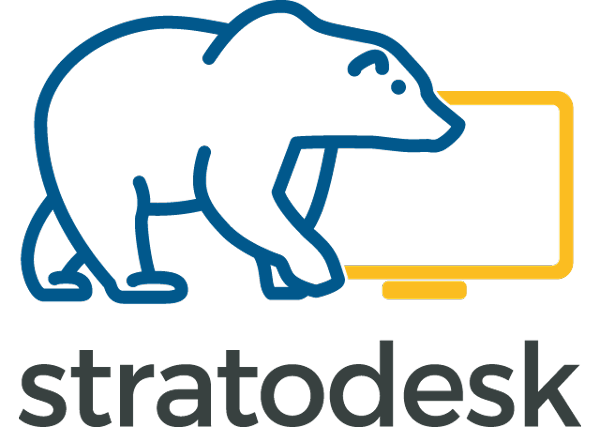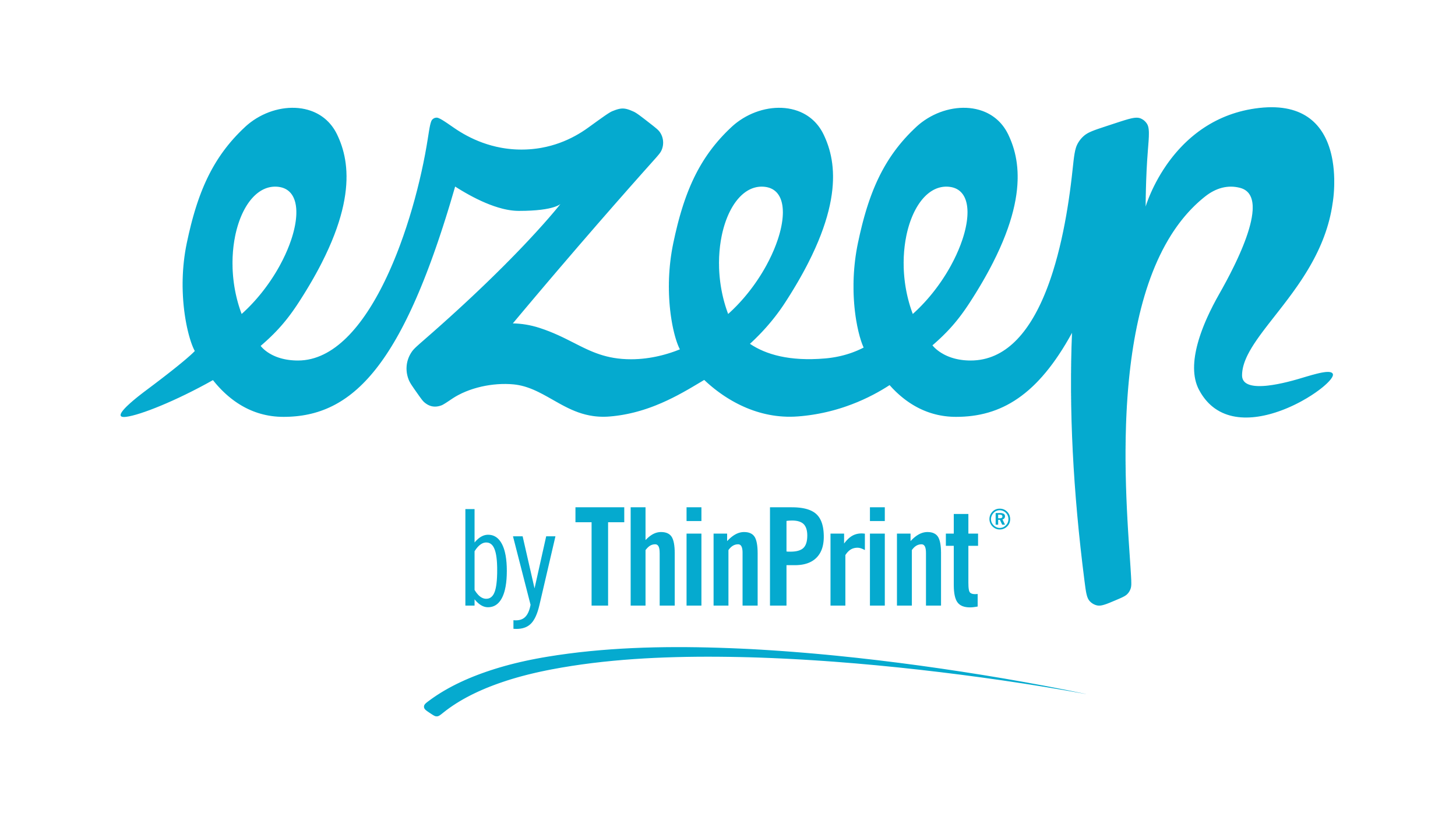VMblog: How has this pandemic changed the way companies are dealing with their workers? And are you hearing from customers that they got caught by surprise here, or were they putting things into place already, perhaps for some other business continuity reasons?
Michael Kent: Everyone was caught off-guard, even companies that had some plan in place, because of the nature of what the pandemic is, and how it presented, BCP plans were built to address shelter in place orders. As for how companies are dealing with their workers, most are approaching with communication and understanding, and relying on the technologies at hand, while rapidly adopting new tech and the culture that comes with it.
VMblog: For many companies that are continuing to push forward, they've migrated over to a work from home model. Before we go too much into the technology side of things, just in general, how has this affected people, connectivity, infrastructure, etc.?
Kent: In many cases, migration is not the term that I would use for most organization's transition to work from home. It was more of a scramble...not as methodic as I would associate with the term "migration". Even now, companies are rapidly trying to assess and remediate the ramifications of getting workers back in the saddle - first and foremost - and everything else after. Enormous demand has shifted from Enterprise-grade networking, support, infrastructure (with SLA's, etc. to consumer-grade tech and infrastructure (no SLA) and that has left a lot to be desired. I think the infrastructure, applications, and culture are adapting rapidly.
VMblog: How does your solution or offering enable work from home?
Kent: We help customers understand what their users are experiencing. With so much change, the last thing they need is more barriers to productivity. Login VSI gives customers a way to test their rapidly adapting virtual desktop infrastructure and find issues before those users are impacted through Acceptance and Load Testing. The platform can also continuously test from multiple locations to let customers know when and where poor user experience is detected.
VMblog: What are some of the big questions you're being asked to answer from customers shifting to work from home, and how are you answering those questions?
Kent: The biggest question is a capacity question, can my systems/infrastructure handle the load in this new form? As soon as that is answered, the next question is what are my options and how can you help to test those options to augment/supplant infrastructure (i.e. Cloud) so my end-users can work effectively with this new alternative.
VMblog: Are there security challenges that companies aren't thinking about when quickly migrating from everyone in the office to everyone from home?
Kent: Absolutely, and hackers, thieves, and malware are already targeting these challenges. The mixing of work and home life means that these technology contexts mix as well, and that creates more opportunities for security breaches. Compliance reporting is also becoming a challenge, and this has a tremendous ramification for companies that rely on that compliance to operating (Medical, Financial, etc.).
VMblog: What are some of the key technologies that people need to be using with this work paradigm shift?
Kent: Collaboration tools, video conferencing, and/or chat are key. Technologies that facilitate communication are also key. With so much distance, it's easy to lose touch. I also feel that virtual desktops are very important. They represent a great potential to close gaps and present an environment that is compatible, secure, controllable, and similar in experience to what they had. There are many applications that were never designed to run remotely or over VPN, printing hurts and getting help is a long and lengthy process (what bad hard drive? Ship it and wait 5 days). VDI can address these issues. Last, SaaS is important, but now you have 15 logins to 15 apps...so ultimately it is getting the right mix of these key technologies for your organization.
VMblog: Do you have any tips and tricks on what people should be doing now to better prepare for this to either continue, or happen again down the line?
Kent: Honor your end-user experience, it is what drives your company...that productivity. Understand what the technology means to your end-users, how it affects them and adjust accordingly. Manage your changes through testing. Don't leave the companies productivity to chance.
VMblog: Will workers decide they want to go back to the office when this thing passes, or is there a small or large percentage of workers who will demand to continue to work from home? Or is there a cost savings for them to keep people at home instead?
Kent: I think that the effects of the pandemic are going to run longer than anticipated. There is an opportunity. I think the mode of work is being proven now. If folks can get back to productivity, organizations can save on real estate and resource in developing areas allowing them to save money and recoup a competitive edge. I think if a company has strong work from home programs, they can leverage some of the changes to their benefit.
VMblog: Where can folks go who want to learn more about your company? And what sort of resources do you have that specifically answers or targets work from home?
Kent: Of course, the Login VSI website:
We also have some resources specifically for work from home:
- https://www.loginvsi.com/login-vsi-blog/1109-importance-of-end-user-experience-during-after-covid-19
- https://www.loginvsi.com/login-vsi-blog/1075-enabling-your-remote-workforce
Also check out our video Interview:















